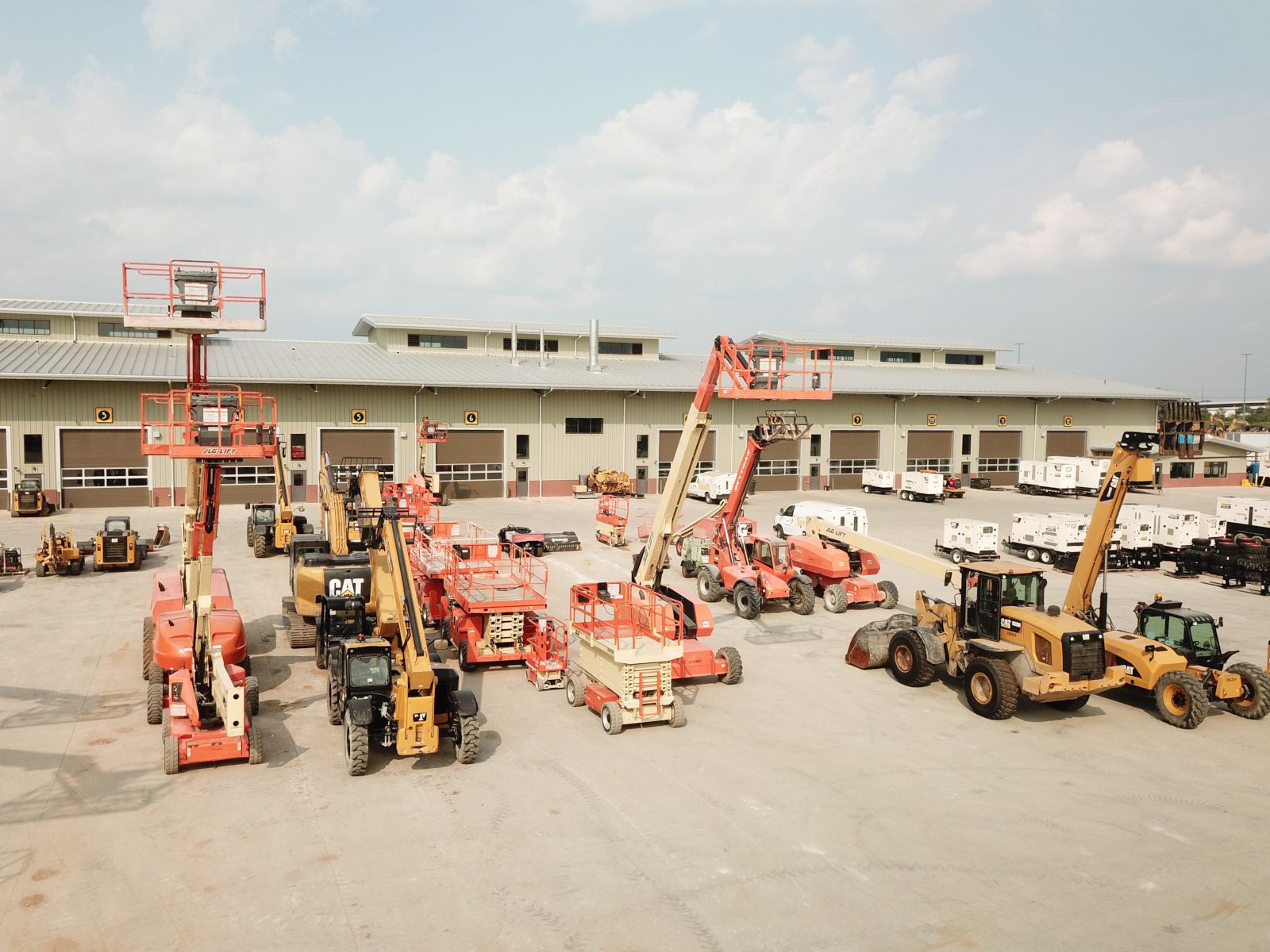Dozer Rental: Powerful Earthmoving Tools for Your Construction Demands
Dozer Rental: Powerful Earthmoving Tools for Your Construction Demands
Blog Article
Maximize Your Budget Plan by Comprehending the Expenses Connected With Building Tools Services
Understanding the full extent of costs linked with building tools rentals is vital for optimizing your budget. What methods can be employed to successfully take care of these costs and guarantee a much more reliable rental experience?
Overview of Rental Expenses
When considering building and construction devices leasings, understanding the connected costs is extremely important for effective budgeting and task preparation. Rental costs can differ considerably based upon several aspects, consisting of devices kind, period of leasing, and location. The initial rental charge frequently mirrors the equipment's market demand and its associated functional capabilities, influencing the total expense.
Along with the base rental rate, secondary costs might arise, such as transportation costs, fuel additional charges, and upkeep charges. It is necessary to account for these extra costs to accurately evaluate the complete price of renting devices. The rental duration can influence pricing; longer rentals may certify for reduced rates, while short-term leasings may sustain higher everyday costs.

Malfunction of Rental Prices
A detailed understanding of rental prices is vital for service providers and task supervisors intending to enhance their budget plans. Rental rates for building devices usually contain several components, consisting of base prices, time-based charges, and usage fees.
Base prices are the core fees related to the rental of the devices, usually established by the kind and size of the equipment. These prices can vary substantially, influenced by factors such as tools demand, availability, and local market patterns. Time-based fees, which may be daily, weekly, or monthly, offer to accommodate various job timelines and rental durations.
Additionally, rental prices may consist of usage fees, which apply when devices is utilized past a defined limit, ensuring that the rental company can represent deterioration. Seasonal demand fluctuations can additionally impact rental rates, with peak construction periods usually regulating higher costs.
In addition, recognizing the rental business's plans pertaining to upkeep and insurance coverage can provide more insight into the general cost framework. By analyzing these parts, service providers can make informed choices, ensuring the choice of rental tools lines up with both project demands and spending plan constraints.
Added Fees to Think About
Comprehending the ins and outs of added costs is crucial for contractors to manage their general service expenditures properly. Past the standard rental rates, different extra costs can dramatically influence the complete price of equipment leasing. These charges frequently include shipment and pickup charges, which can vary based on distance and logistics associated with transporting the equipment to and from the work website.
Moreover, some rental firms might enforce fuel surcharges if the equipment is returned with much less fuel than when rented out. It is additionally vital to understand possible cleansing fees, particularly for specialized equipment that visit homepage calls for detailed maintenance after usage.

Thoroughly assessing the rental contract and clarifying these added fees in advance can help contractors guarantee and avoid unanticipated costs that spending plans stay undamaged throughout the job lifecycle.
Maintenance and Repair Expenditures
Routine repair and maintenance expenses are typically overlooked aspects that can considerably affect the overall expense of building devices rentals. When leasing tools, it is important to consider not just the rental charges but likewise the possible costs connected with maintaining the machinery in optimal operating problem.
Many rental business consist of basic maintenance as component of the rental contract; nevertheless, more substantial fixings or unexpected malfunctions can cause added expenses. It's necessary to evaluate the rental agreement meticulously payloader machine to understand what maintenance services are covered and what obligations fall on the renter.
Additionally, devices that is not well-kept can cause inadequacies on duty website, potentially creating hold-ups and increasing job prices. To minimize these threats, it is website link advisable to conduct normal inspections and preserve open interaction with the rental supplier pertaining to any kind of problems that develop during usage.
Insurance and Liability Prices
Insurance policy and responsibility expenses are important components that can significantly influence the total cost of building equipment rentals (boom lift rental). These costs ensure that both the rental company and the client are shielded from potential economic losses arising from accidents, damages, or burglary throughout the rental duration

In addition, customers ought to be aware of any kind of deductibles or exclusions in the insurance coverage, as these can impact prospective out-of-pocket costs. Understanding the conditions of any type of insurance coverage is essential to prevent unforeseen prices. Ultimately, budgeting for insurance policy and liability costs can help make sure a smoother rental experience and protect versus financial dangers related to construction projects.
Conclusion
In conclusion, an extensive understanding of the costs connected with building and construction tools rentals is important for effective spending plan management. Ultimately, informed decision-making regarding equipment rentals adds to the overall success of building and construction undertakings.
Rental costs can differ considerably based on several elements, consisting of devices type, period of leasing, and area (mini excavator rental). The rental period can impact prices; longer services might qualify for discounted prices, while temporary rentals may incur greater everyday charges
By conducting complete study and involving with trusted rental firms, service providers can properly navigate the intricacies of rental pricing, inevitably optimizing their economic sources.
Past the basic rental prices, numerous supplemental fees can considerably influence the total expense of devices leasing. Rental business typically offer liability insurance coverage that covers injuries to 3rd parties or damages to residential property, while devices damages insurance coverage can cover the expense of repair work or substitute if the rented out equipment is harmed.
Report this page